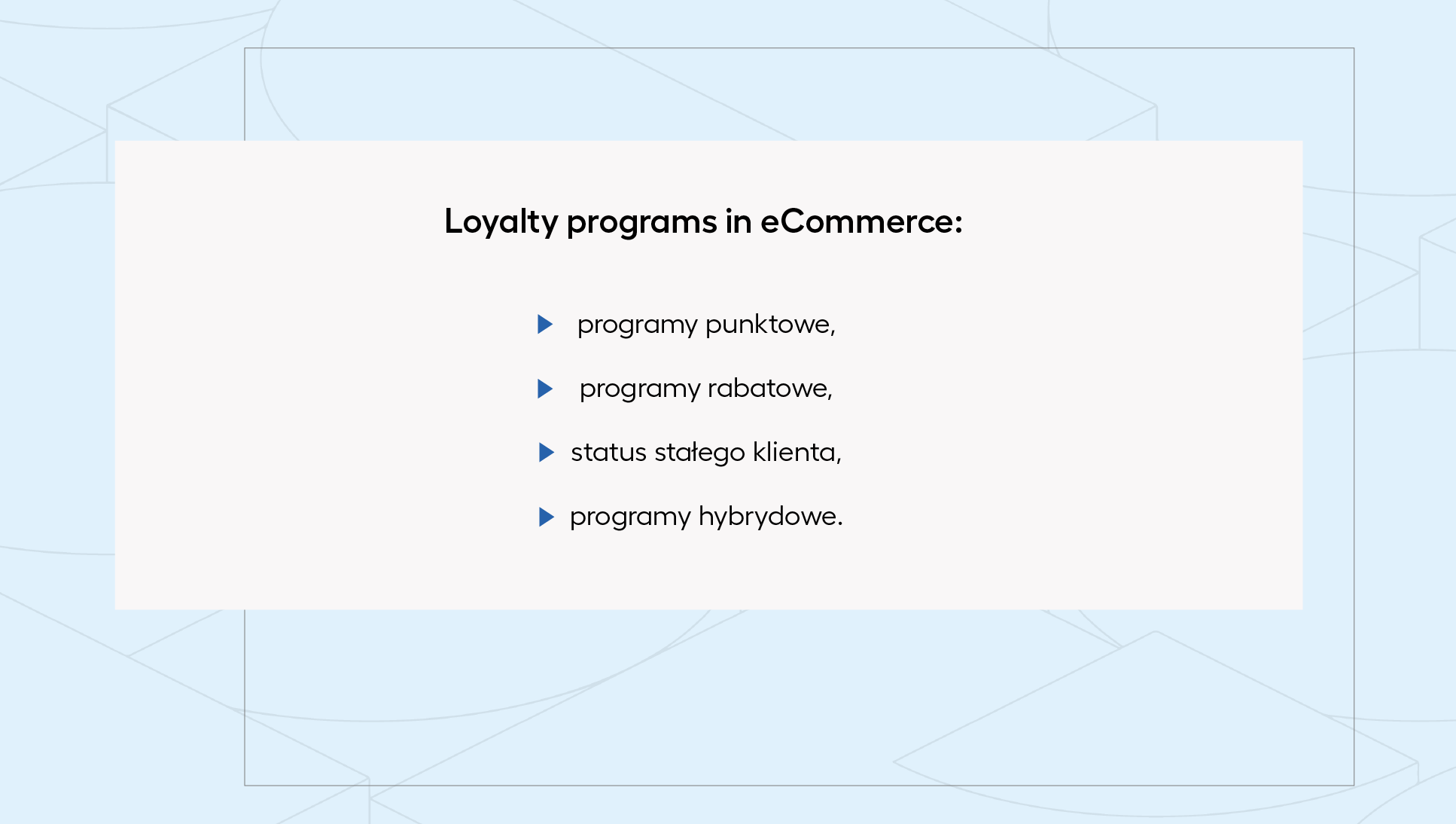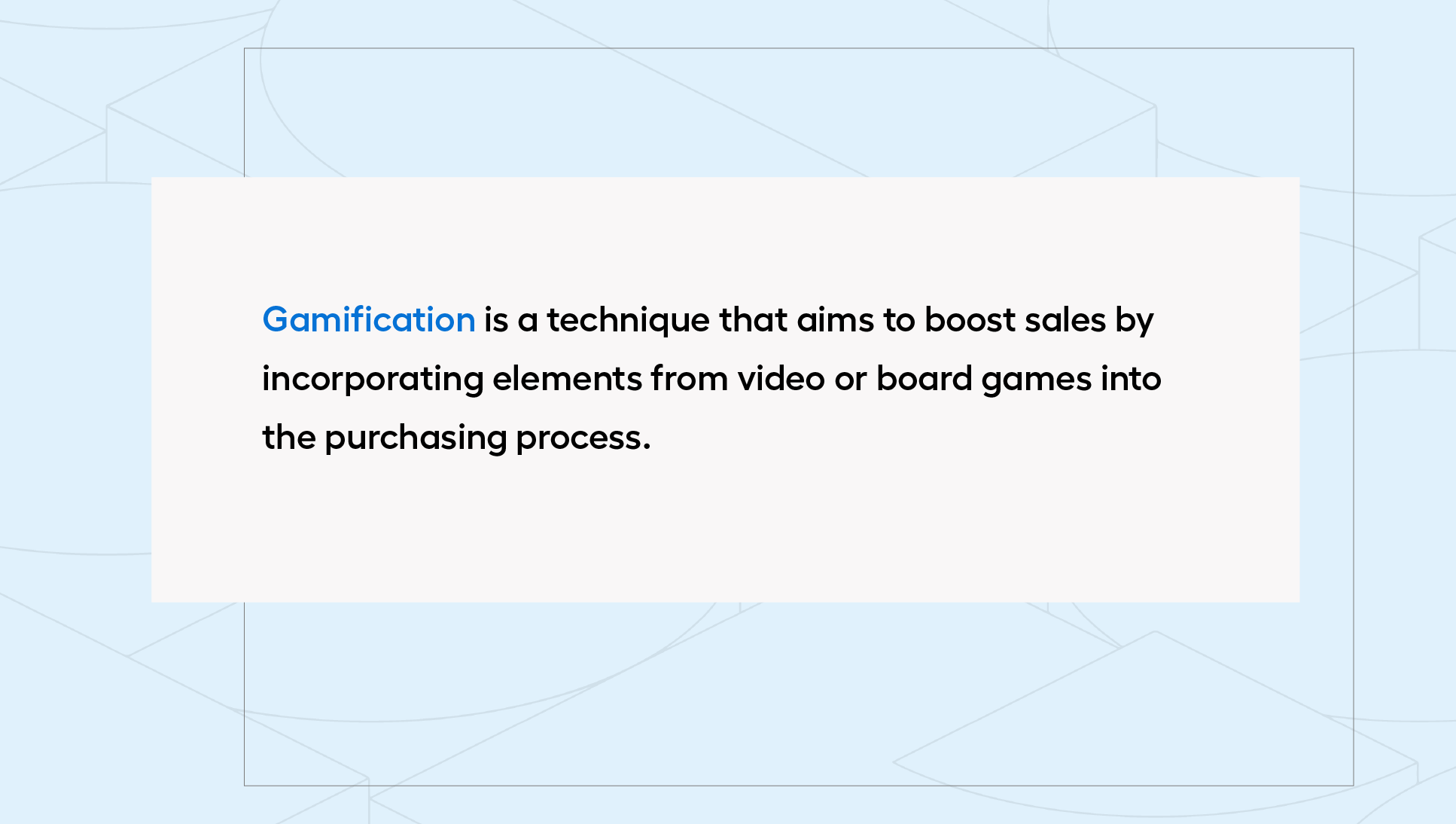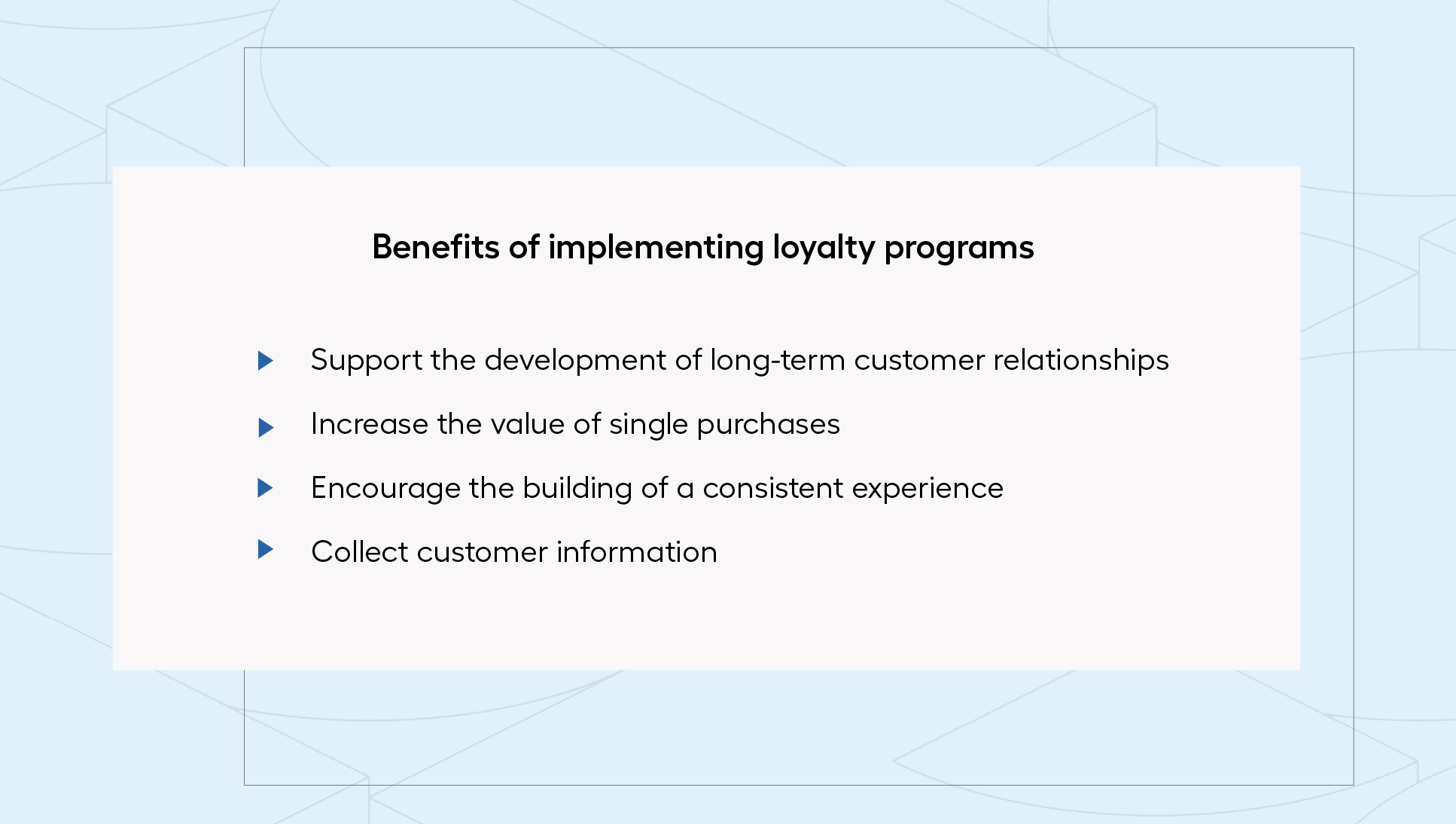Program loyalty - how eCommerce loyalty programs help strengthen customer relationships?
It used to be stamps, special promotions, or loyalty cards spilling out of your wallet. Nowadays, in digital reality, how is building shopper loyalty shaping up? Effective trust-boosting tools used by online stores are based on emotional engagement and encourage transactions. Why? Because in the long term, the most important goal of a loyalty program is to create a bond with the customer. In short, it is both a form of communication with the buyer and a permanent part of the brand image, so it is worth thinking carefully about its structure in your e-store. In this article, we present tips to help you do just that.
A loyalty program tailored for eCommerce - how to create it?
Customers of eCommerce remain loyal to a brand when they are guaranteed high quality products and service, as well as attractive prices compared to the industry - this sentence is true, but it does not fully reflect the market reality. In times of increasing competition (in both online and offline channels), retailers are outdoing themselves in encouraging users to buy from their stores. One of the tools used for this purpose is loyalty programs. How to adjust their nature to the specifics of online sales?
First of all, you need to determine the goals you want to achieve by introducing a special offer. Do you expect to expand your customer base? Or to increase the frequency of purchases by regular visitors? In addition, you need to make sure that the implementation of the program does not negatively affect the intuitiveness and ease of going through the shopping path. Points or discount system should be designed in such a way that it is understandable to customers, and using it comes involuntarily just like other activities in an online store. Transparency is key, especially at the beginning of a project.
At the center of the loyalty program - the needs of the e-customer
What is the secret of a good loyalty program? The answer to this question is simple - a good loyalty program is one that customers not only choose to join but, in addition, use regularly. To achieve such an effect, it is worth betting on the precise specification of the audience. Research which consumer segment is most likely to decide to join loyalty campaigns. Put in front of your questions such as: are my shoppers more likely to collect points or do they prefer to receive immediate rewards (such as a discount on their next purchase)? Based on this, you will also easily assess which channels (e.g. social media, email, or directly - the store's website) will prove to be the best choice to reach the right group of people.
Another important element is personalization - customers will feel even more appreciated when you not only offer them an attractive offer but also tailor promotions to their needs and shopping preferences at a given moment. An excellent example of this would be assigning additional points or rewards to a customer's account on their birthday or giving a discount on the most frequently viewed items.
Finally - an effective loyalty program should also be visible. Here it is worth ensuring that it can be accessed from anywhere on the site and that you constantly communicate the benefits to the customer in other places than the eCommerce platform itself (e.g. in the form of email marketing, notifications, or pop-ups on the site).
Points, discounts or rewards - what type of loyalty program should you choose for your e-store?
A loyalty plan can be created in many ways, and the number of specific types of programs is growing almost proportionally with the development of the industry. Increasingly, machine learning, big data and artificial intelligence (e.g., using AI algorithms to suggest more personalized promotions) are becoming the pillars of such solutions. What types of loyalty solutions are eCommerce owners most often reaching for?
- Points programs - are based on awarding users points for performing certain actions on the site (completing purchases, signing up for newsletters or sharing information on social networks). The customer can then exchange the collected pool for discounts or other rewards.
- Discount programs - consist of granting discounts on subsequent purchases or specific products after meeting certain conditions (such as exceeding a certain amount of purchases).
- Regular customer status - becoming a regular customer opens up access to exclusive products, preferential conditions for placing an order (e.g. free delivery, additional discount on each purchase) for the buyer, and such actions greatly enhance the customer's sense of uniqueness.
- Subscription package - is a special type of program, in which the customer himself decides to pay an additional fee (usually cyclical) in order to get additional benefits (such as free delivery). Such a solution can be afforded by e-shops with an established position in the market such as Allegro - the market place has successfully introduced this type of service under the name Allegro Smart!
- Hybrid programs - combine features of the above-mentioned options.

Gamification - a new dimension of customer loyalty in eCommerce
The continuous development of the eCommerce and IT market encourages an unconventional approach to developing loyalty programs and showing that the company is operating "out of the box." One of the latest trends in the industry is gamification - what does it consist of?

Gamification is a technique that aims to increase sales by using mechanisms known from video or board games in the purchasing process. It involves the use of mechanisms based on the desire to compete and emotions during gameplay, which allow to build a positive experience with the brand, as well as increase involvement in the purchasing process. Techniques based on gamification can take various forms such as:
- Performing certain actions on the site, e.g., assigning a discount in a drawn amount after spinning the wheel of fortune or "scratching off" a virtual scratch card,
- Rewards for regular visits to the site,
- Social media contests - building an engaged community that promotes the brand by participating in the contest.
Keep in mind that the game, at least at the beginning, should be intuitive and its rules should be clear - too much effort or too much time spent going through the stages may discourage the "player-buyer" from taking advantage of the additional attraction and thus make it ineffective. You also need to keep in mind that not all potential customers will want to purchase in this way - some of them may just care about fast order processing in the traditional form.
Not just profits and trust - what else will you achieve with loyalty programs?
Undoubtedly, the main purpose of implementing a loyalty program is to motivate the customer to make regular purchases. The user, encouraged by the benefits, is also sure to consider buying higher-value products and thus increase the average value of the shopping cart in your eCommerce. These are the biggest, but not the only benefits - how else can you leverage the potential of loyalty programs in your online store?
Running a trust-building strategy also allows you to collect data and better track customer traffic to your site and interest in specific items in your assortment. Collecting and analyzing this information will improve product recommendations and personalize the customer path even better.
Loyalty programs can also serve as a kind of "glue" for all the sales channels that a business operates, which will work perfectly now that the omnichannel model is again gaining importance. Providing the same rules for using the program both online and stationary will certainly be perceived positively by consumers. The decision to choose one of the channels will then not be associated with a sense of lost benefits (which could arise when, for example, a stationary store offers a broader catalog of promotions than eCommerce and vice versa). Differentiating the benefits received may turn out, however, to be a good solution in exceptional cases, e.g. when introducing a completely new place of sale - additional points to be earned during the first purchases in the mobile app will encourage its download.

Program loyalty - take up the challenge
A loyal customer will not only stay with your brand for a longer period of time, but is also highly likely (78%) to recommend the offer to family and friends. The result? Your e-store will gain doubly.Loyalty programs can bring your online store many benefits ranging from additional profits to increased reputation. However, the decision to implement such a project should not be hasty, but supported by an analysis of the needs of your audience. It is worthwhile to monitor the effectiveness of the measures taken on an ongoing basis. The basic measure in this regard will be the participation rate, which will indicate what percentage of customers use the loyalty program. This value will thus indicate to you the trust of what percentage of buyers you actually have influence. Are you ready to maximize the number of loyal customers?



